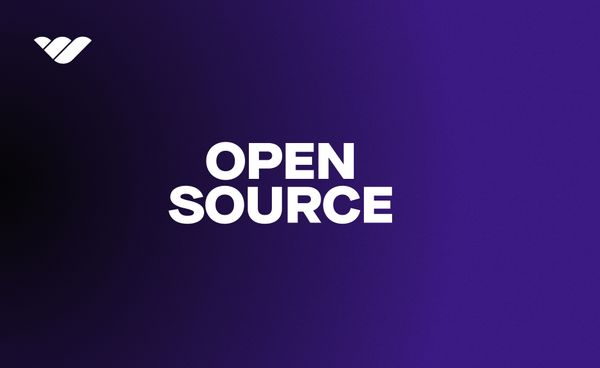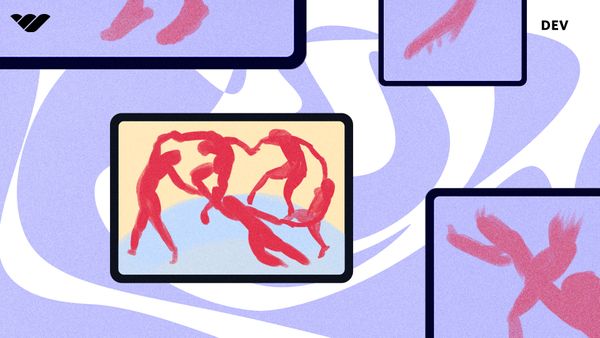Recently, the trend of building software publicly has become mainstream, especially among startups. Initially developed by artists, building SaaS programs in public is an excellent way for developers to connect with their target audience and essentially market themselves for free. It can also be a great way to develop buy-in from potential users, as they become invested in the story as the software is built.
Let's dive in and learn what it means to build in public and how building your SaaS product in public might make sense for you.
What Does it Mean to Build Your Software “In Public?”
When we say “building in public,” we’re not talking about creating your software in a public library or a coffee shop – although you can do that too. Rather, we’re talking about developing your software and exposing each stage to the internet through various public forums. Whether you’re designing a video game, Notion templates, or unique software directly from scratch, documenting your build process via a blog or other social media is essentially what it means to be “building it in public.” This is an increasingly popular option, but some wonder what the benefits might be. If you’re wondering why someone would even want to expose their software’s baby stages to the public, the next few paragraphs are for you.
Transparency
They say honesty is the best policy, and this is especially true in business. Have you ever been looking forward to a product only to find it completely underwhelming? Publicizing your product’s development is meant to prevent that kind of thing from happening. While massive companies can afford to release an underwhelming product, smaller creators can’t just tell their audience that their software will do something and not deliver. The transparency and air of honesty that comes with building software in public allows both the creator and the consumer to look into what the product will do and how it does it.
Benefits of Transparency
Alongside establishing a general air of honesty surrounding your product, building software as a service in public has some other transparency-related benefits, too:
Build Relationships While Building Your Product
One of the most significant benefits of building your SaaS product in public is that you’re actively creating a community around your software from the very beginning. Unlike private development, a public development process allows others to see your journey and go through it with you in every stage. Project backers will love seeing the frequent updates, and people interested in similar projects will get a taste of what it’s like to develop software. It might even get some people interested in joining your team!
Stay Relevant Throughout Production
By frequently posting about your process, you’re creating relevancy around your product as you produce it. This means you can spend less time advertising your product and more time developing it, especially after you’ve gathered a following that is excited to see what you’ll do next.
Get Constant Feedback
Constant updates mean needing constant feedback, and you’re sure to get tons of it while developing your software publicly. With frequent feedback from potential investors, the general public, and potential consumers, you can actively update your product to best suit community needs without having to release major update patches.
Marketing Via Honesty
Keeping your build updates transparent and honest may seem like an amateur idea, but people love seeing hard, honest work go into a product. Even a simple update like “I couldn’t figure out how to do X, so I worked around it with Y” acts as a great way to market your product. The narrative of your journey may not be interesting to you, the developer, but to a software company looking for someone resourceful and creative, you’re the most interesting person in the world.
Here's a great example of Atul building the finance tracker notion template in public. It's clear, it's honest, and fun to follow.
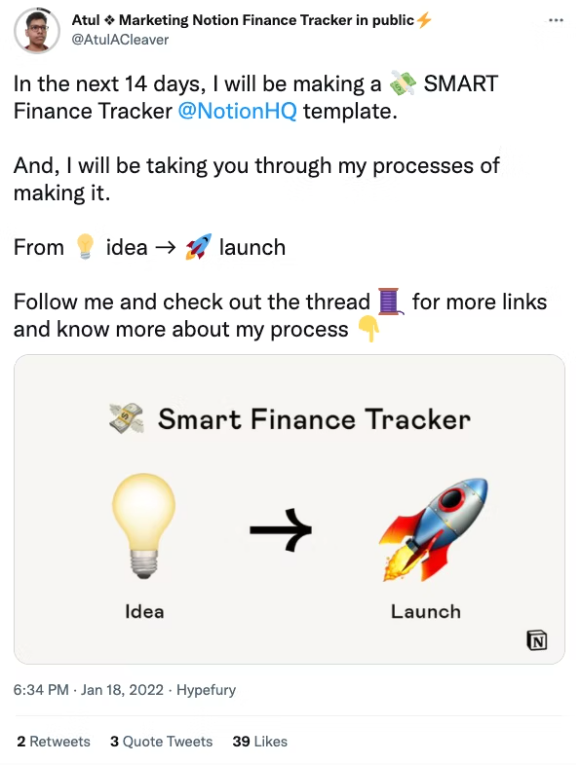
With a decent following, project updates also act as free advertising for your product. Not only are updates getting views and potential notifications on your followers’ feeds, but there’s also a chance that they’re sending these updates to friends and coworkers or bringing up memorable details of your project in conversations at work.
Create a Sense of Trust in Your Community
One of the best ways to create brand loyalty is to align with a consumer’s values, and everyone values honesty. Regular, honest updates of your development process give people a sense that “Hey, this guy’s being honest with us. They’re sharing their journey and its ups and downs – we can probably trust this product.” Plus, it’s a lot easier to deal with negative feedback this way; actively engaging with people who follow your program’s development automatically puts you above developers who don’t by making yourself relatable and approachable.
Ways to Build in Public
There are tons of ways to build software as a service publicly. Here are our favorite methods:
Ongoing Updates
Popularized by artists and indie game developers, this method relies on frequently updating investors and potential consumers with recent developments to your product. People often view regular updates as a sign that developers “keep their word” and work on a product with the intention of delivering it. This method is essential for publicly-funded projects on Patreon or Kickstarter.
For example, Noah Bragg posted about the development of Potion frequently on his Twitter page to provide prospective users with updates.
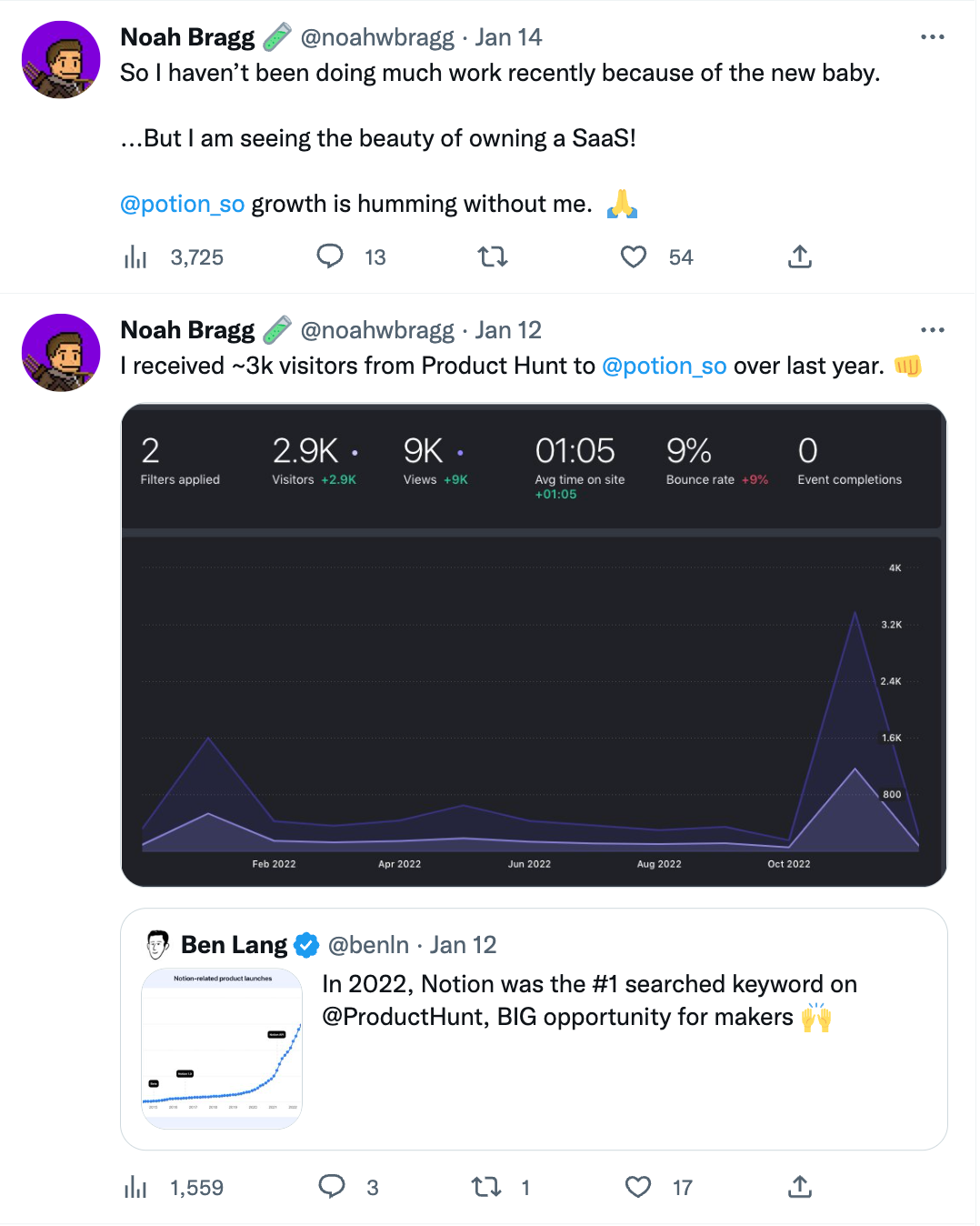
The “Liveblogging” Method
Not to be confused with “ongoing updates,” this method of public building relies on a mixture of frequent updates to your program alongside posts regarding various struggles and successes while you work. Like liveblogging a television show, this method is for developers looking to create a casual relationship with their community and create a conversation around the fine details of software development.
Monthly Business Reports
Providing a monthly report on how your program is doing is similar to providing ongoing build updates, but this method is especially useful after launching your program. This method acts as advertising for your product by showing general consumer statistics for each month, like the number of active users, the number of users who joined this month, and monthly revenue changes. Your updates can also include graphs and charts to show changes in this data and potential version update ideas with user feedback in a related thread.
AMAs
“Ask-me-Anything” threads, also known as AMAs, are ideal for stirring up hype around a project because the creator is online to answer user and investor questions. You can hold an AMA at any time, on any website, at any point in your software’s development. Holding frequent ask-me-anything sessions is also a great way to connect with your user base and get feedback on your project – just make sure you have an answer for them or know how to get one!
Documenting Your Process
If you’re not too keen on active user feedback, documenting your SaaS development process and sharing it just before or after launch is another great way to create a sense of transparency around your product. Generally speaking, there are a few ways to go about this documentation. Some of the more popular ones include creating a master post, which is a type of extensive, in-depth blog post detailing how you developed your product.
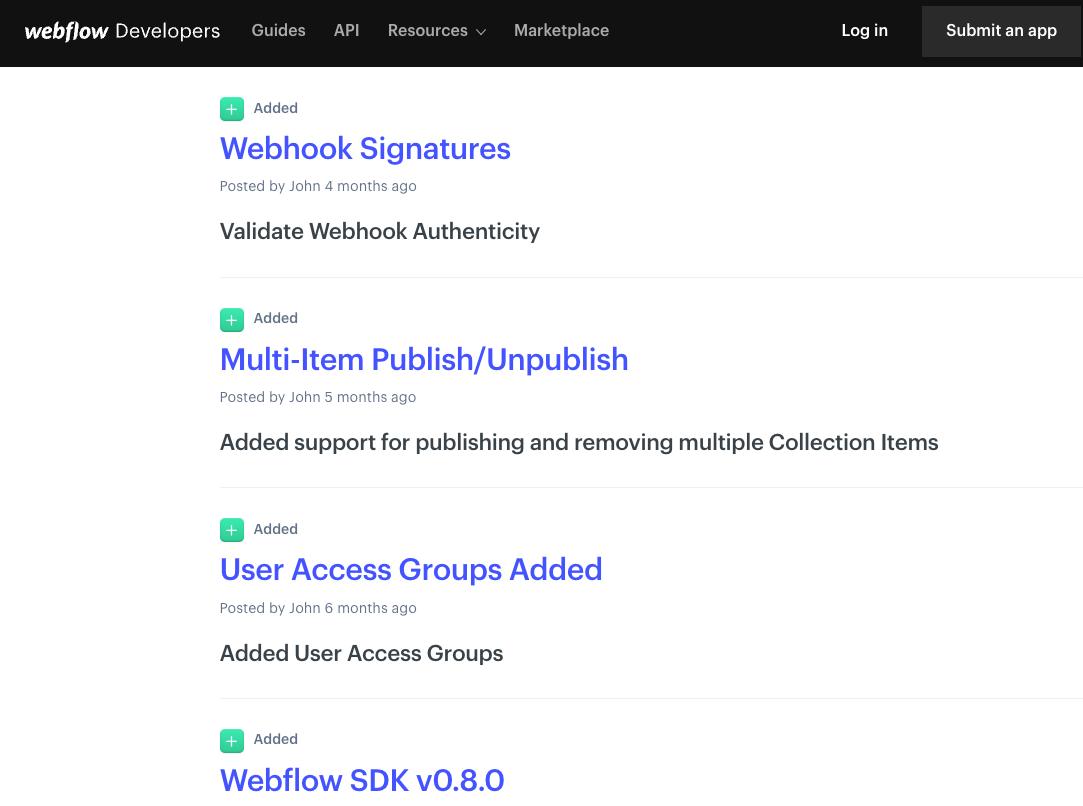
Other popular ways to document your development process include sharing resources and creating posts based on specific aspects of your software’s development. When working with a (mostly) finished product, you can easily categorize the content you want to share into different threads in hopes of providing a more legible process than you would via live blogging.
The “Biography” Method
The developers behind Goos.ly went a step further with their documentation and included developer biographies and an “about the team” section to their project. They also used Goos.ly’s development as an example in their guide for building SaaS in public.
In creating a section that features short developer biographies, the Goos.ly team effectively closes the distance between client and developer that typically comes with long-form documentation of a software build.
Platforms For Building in Public
We’ve talked about how to build SaaS in public but not where, specifically, to build it. Generally speaking, social media sites are the most public spaces on the internet, so they’re usually the best place to start. When creating a public profile for your project, it’s best to focus primarily on the platform your investors and target audience will mainly use. You can also create accounts on multiple platforms to expand your audience further. Here are some of the most popular social media platforms for SaaS companies that are building in public:
As one of the most popular social media platforms for the average person and for marketing, Twitter is an excellent place to post your updates. Bragg’s style of providing short, frequent updates for Potion’s development worked wonders for attracting potential users. He used Twitter’s character limit to keep updates short and sweet for people’s feeds.
The one downside to Twitter is the character limit of 240 characters for each Tweet. The platform isn’t built for telling long, detailed stories, so it’s best to use the site for frequent updates, possibly with visual elements.
Discord
Discord has a massive user base and if you want to go into detail regarding your product’s development and engage with everyday users, Discord is a great way to go. You can offer a free server or even offer a small kind of paid discord server to get a little more "exclusive" feel to it.
Similar to Facebook in design, LinkedIn is a business-oriented platform, making it much more ideal for engaging with like-minded people who are interested in your project as either investors or consumers. If you’re looking to document your development journey, regular LinkedIn updates can help bring your page to the forefront of your field, and the platform will recommend potential investors or collaborators to you as well.
The developers of Nebullam kept their development process solely on LinkedIn, where they’d post about their development process as both long-form and short-form content.
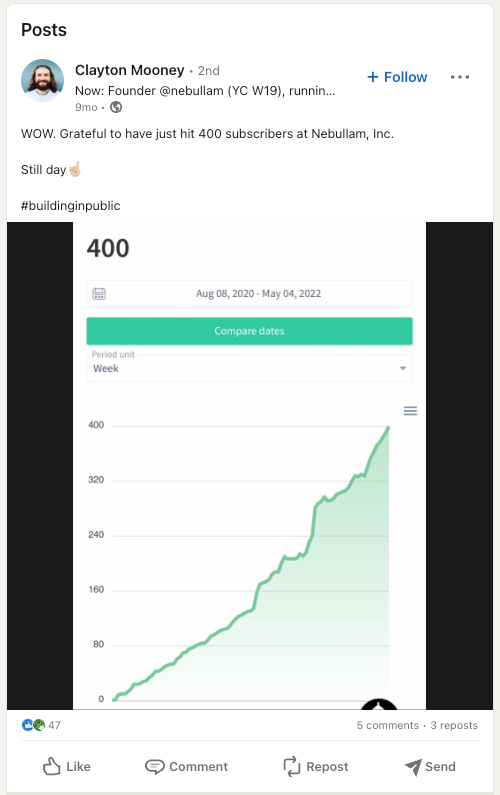
YouTube, TikTok, and Other Video Platforms
If you want to share video content, consider posting your videos to YouTube or other video-sharing sites. This will help keep all of your visual content in one place and provide your audience and potential investors with a visual guide to project updates. Video works particularly well for “how to” marketing, where you create a tutorial using the software development process as a guide for others looking to do the same. YouTube is best for long-form videos, whereas TikTok is ideal for short video updates between 30 seconds and 3 minutes in length.
Don’t Forget About Your Blog
Of course, the best way to publish the content you want to publish is via a personal blog. However, attracting followers and building a community with a blog alone is harder. We recommend running a blog alongside several social media accounts, so you can link to in-depth blog posts as needed on your social media site.
Where to Get Started
After all this, you might ask, “how do I get started building my SaaS product in public?”
Well, you’ll first want to determine how you plan to share your development story; find the method you’re most comfortable with, and work from there. Generally speaking, all public build projects start with the following:
Introductions
You’ll have to introduce yourself to your audience before anything else. Create a little biography, share some of your likes and dislikes, why you enjoy programming and SaaS, and maybe even a photo of yourself of a cute pet! Treat the introduction as casual because it sets the tone for the rest of your updates.
Project Goals
Next, you’ll want to be up-front with your audience. Tell them what you intend to make and how you’re planning to do it. Don’t forget to share your project goals, too – remember, your goal here is to set an approachable, friendly tone!
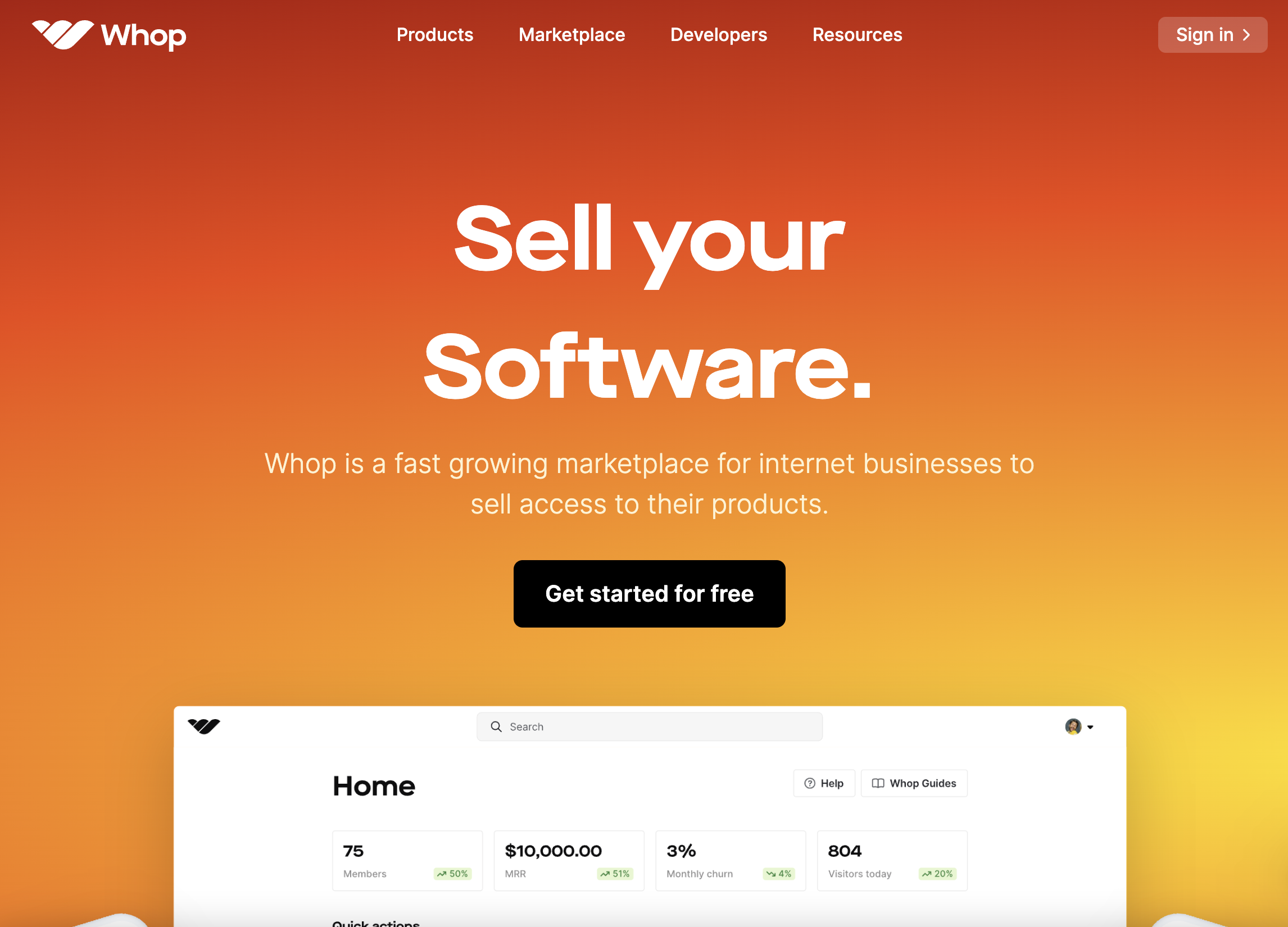
Regardless of how you build your next SaaS endeavor, you can share it with the world on Whop. Check us out today!
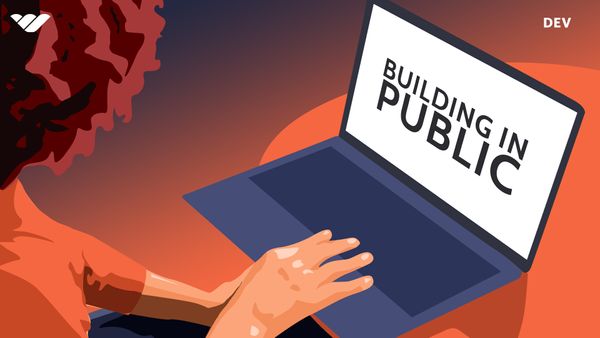

![Top 10 Membership Website Builders [2024]](/blog/content/images/size/w600/2023/12/Top-Membership-Website-Builders-in--2023---1-.webp)
